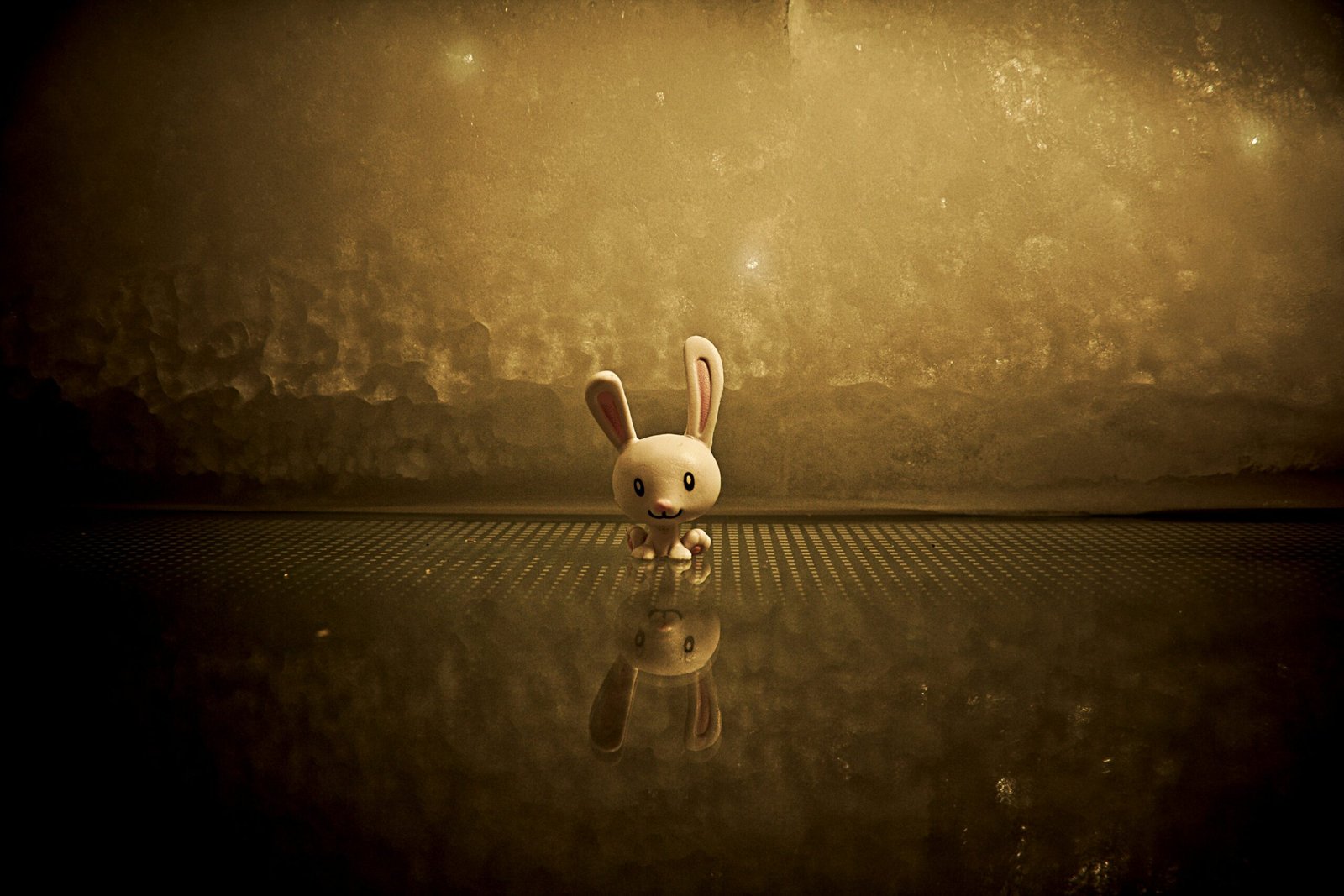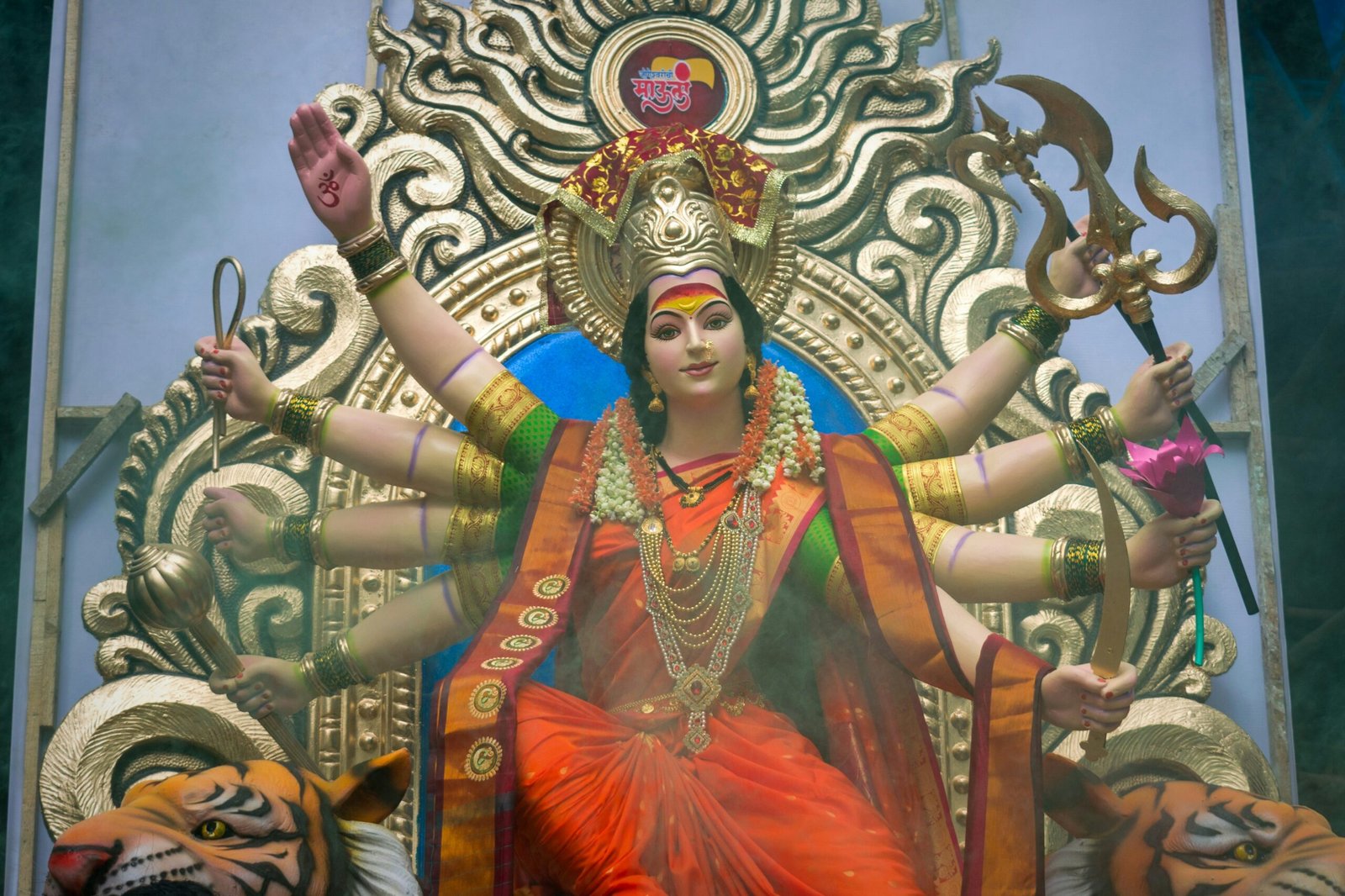
One of the earliest forms of animation can be traced back to the late 1800s, when filmmakers experimented with techniques such as the zoetrope and the flip book. These simple devices created the illusion of motion by rapidly displaying a sequence of static images. While these early forms of animation were limited in their capabilities, they laid the foundation for the development of more sophisticated techniques.
In the early 20th century, animation took a significant leap forward with the introduction of cel animation. This technique involved drawing characters and backgrounds on transparent sheets of celluloid, or cels, and then photographing them one frame at a time. This allowed for more detailed and fluid movement, and became the standard method for producing animated films for several decades.
However, it wasn’t until the 1990s that modern animation truly began to take shape. With the advent of computer technology, animators gained access to powerful tools that allowed them to create stunning visual effects and realistic characters. Pixar, a pioneering animation studio, released the first fully computer-animated feature film, “Toy Story,” in 1995. This groundbreaking film showcased the potential of computer-generated imagery (CGI) in animation and set the stage for a new era of storytelling.
Since then, the use of CGI has become increasingly prevalent in animated films and television shows. Animators can now create lifelike characters, intricate worlds, and breathtaking action sequences with the help of powerful software and rendering techniques. This has opened up new possibilities for storytelling and has allowed for the creation of visually stunning and immersive experiences.
In addition to advancements in technology, the evolution of modern animation has also been influenced by changing artistic styles and storytelling techniques. Animation is no longer limited to just children’s entertainment; it has become a medium that can tackle complex themes and appeal to audiences of all ages. From the imaginative worlds of Studio Ghibli to the thought-provoking storytelling of films like “Inside Out,” animation has proven to be a versatile and powerful medium for storytelling.
As technology continues to advance, it is likely that animation will continue to evolve and push the boundaries of what is possible. Virtual reality and augmented reality are already being explored as new mediums for animated storytelling, and it will be fascinating to see how these technologies shape the future of animation.
In conclusion, the evolution of modern animation has been a remarkable journey. From humble beginnings to the cutting-edge techniques of today, animation has captivated audiences and pushed the boundaries of visual storytelling. Whether it’s through hand-drawn frames or computer-generated imagery, animation continues to inspire and entertain, and its impact on the entertainment industry is undeniable.
During the Golden Age of Animation, Walt Disney Studios continued to innovate and push the boundaries of the medium. They introduced the first feature-length animated film, “Snow White and the Seven Dwarfs,” in 1937. This groundbreaking film not only showcased the technical advancements in animation but also proved that animation could be a viable form of storytelling for all ages.
As the popularity of animation grew, other studios began to emerge and make their mark in the industry. Warner Bros. introduced iconic characters like Bugs Bunny and Daffy Duck through their Looney Tunes and Merrie Melodies cartoons. These cartoons were known for their fast-paced humor and witty dialogue, appealing to both children and adults alike.
Meanwhile, the Fleischer Studios, known for their unique art style and imaginative storytelling, created memorable characters such as Betty Boop and Popeye the Sailor. Their use of rotoscope, a technique that involves tracing over live-action footage, gave their animations a sense of realism and fluidity.
Animation also became a powerful tool for propaganda during World War II. Studios like Disney and Warner Bros. produced animated shorts that aimed to boost morale and promote patriotism. These shorts featured beloved characters like Donald Duck and Bugs Bunny, who found themselves in humorous and sometimes dangerous situations that reflected the realities of war.
In the post-war era, animation continued to evolve and adapt to the changing times. The advent of television brought animated series into people’s homes, allowing for longer and more complex narratives. Shows like “The Flintstones,” “The Jetsons,” and “The Simpsons” became cultural phenomena, captivating audiences with their humor and relatable characters.
With the rise of computer technology in the late 20th century, animation underwent another revolution. Traditional hand-drawn animation gave way to computer-generated imagery (CGI), allowing for more realistic and visually stunning animations. Films like “Toy Story” and “Shrek” showcased the capabilities of CGI and opened up new possibilities for storytelling.
Today, animation has become an integral part of popular culture. It is no longer confined to the big screen or television; it has expanded into video games, advertising, and even virtual reality. The art of animation continues to captivate audiences of all ages, proving that it is a medium with limitless potential.
As computer animation continued to evolve, it found its way into various industries beyond just film. The gaming industry, in particular, embraced this new form of animation and began incorporating it into video games. This allowed for more immersive and visually stunning gaming experiences, as players were able to interact with incredibly detailed and realistic virtual worlds.
Additionally, computer animation has also made its mark in the field of advertising. Companies realized that using animated characters and environments in their commercials could capture the attention of viewers and leave a lasting impression. From cute and cuddly mascots to epic and action-packed sequences, computer animation has become a powerful tool for advertisers to create memorable and engaging campaigns.
Moreover, computer animation has found its way into educational settings as well. Animated videos and interactive presentations have become popular teaching tools, as they can effectively communicate complex concepts in a visually appealing and easily understandable manner. Students can now learn about scientific processes, historical events, and even mathematical equations through animated visuals that bring these subjects to life.
With the rise of social media and online platforms, computer animation has also become a staple in the world of digital content creation. From short animated clips to full-length web series, animators are utilizing their skills to entertain and engage audiences across various online platforms. This has opened up new opportunities for animators to showcase their talent and reach a wider audience.
Looking ahead, the future of computer animation seems bright. As technology continues to advance, animators will have access to even more powerful tools and software, allowing them to create even more realistic and immersive animations. Virtual reality and augmented reality are also becoming more prevalent, offering new possibilities for animators to explore and create interactive experiences.
In conclusion, the rise of computer animation has had a profound impact on various industries, from film and gaming to advertising and education. Its ability to create visually stunning and lifelike animations has captivated audiences and pushed the boundaries of what is possible. As technology continues to advance, the future of computer animation looks promising, with endless possibilities for animators to continue pushing the limits of their craft.
The Impact of Modern Animation
Modern animation has had a profound impact on the entertainment industry. Animated films and TV shows are no longer just for children, but are enjoyed by audiences of all ages. The success of films like “Frozen” and “The Incredibles” has proven that animation can tell compelling stories that resonate with audiences on an emotional level.
Animation has also become an integral part of other industries, such as advertising and video games. Animated commercials and explainer videos are effective in capturing viewers’ attention and conveying information in a visually engaging way. In the world of video games, animation brings characters and worlds to life, creating immersive and interactive experiences.
Furthermore, the impact of modern animation extends beyond the entertainment industry. It has found its way into education, where animated videos and interactive lessons are used to make learning more engaging and accessible. Animated characters and visual storytelling help students grasp complex concepts and retain information more effectively.
Moreover, modern animation has revolutionized the field of medicine. Through the use of 3D animation, medical professionals can now visualize complex surgical procedures and anatomical structures in a way that was previously unimaginable. This technology has not only enhanced medical education and training but has also improved patient understanding and communication.
Additionally, modern animation has made significant contributions to the field of scientific research. By using computer-generated imagery and animation techniques, scientists are able to visualize and simulate complex phenomena, such as the movement of molecules or the formation of galaxies. These visualizations provide valuable insights and aids in the understanding of intricate scientific concepts.
In conclusion, modern animation has had a far-reaching impact on various industries and fields. It has transformed the entertainment industry, becoming a medium for storytelling that appeals to audiences of all ages. It has also found applications in advertising, video games, education, medicine, and scientific research, revolutionizing the way information is conveyed and understood. The future of animation holds even more possibilities, as technology continues to advance and push the boundaries of what can be achieved.
One of the most exciting developments in the future of animation is the integration of virtual reality (VR) and augmented reality (AR) technologies. VR allows viewers to fully immerse themselves in animated worlds, putting on a headset and being transported to a different reality. With VR, viewers can walk through animated landscapes, interact with characters, and truly feel like they are a part of the story. This level of immersion has the potential to create a whole new level of engagement and emotional connection with animated content.
AR, on the other hand, blends the real world with virtual elements, overlaying animated characters and objects onto the viewer’s environment. This technology has already been used in popular mobile games like Pokémon Go, where players can see and interact with virtual creatures in the real world. In the context of animation, AR could be used to bring characters to life in a viewer’s own living room, allowing them to interact with and even have conversations with animated characters.
Another exciting development in animation is the use of artificial intelligence (AI) and machine learning (ML) algorithms. These technologies have the potential to automate certain aspects of the animation process, making it faster and more efficient. AI can be used to generate realistic movements for characters, reducing the need for animators to manually animate every frame. ML algorithms can also be used to analyze and understand audience preferences, helping animators create content that resonates with viewers on a deeper level.
However, while AI and ML can enhance the animation process, they will never replace the creativity and storytelling abilities of human animators. The human touch is what gives animation its soul and makes it a unique art form. Animators will always be needed to bring characters to life, create compelling narratives, and infuse animations with emotion and depth.
Looking ahead, the future of animation is filled with endless possibilities. With advancements in technology and software, animators will have more tools at their disposal to create stunning visuals and captivating stories. Whether it’s through VR, AR, AI, or a combination of all three, animation will continue to push the boundaries of what is possible and captivate audiences around the world.



